SpaceX’s Starship V3 is supposed to be the next big leap in humanity’s journey to the Moon, Mars, and beyond. With Flight 11 marking the end of an era, all eyes are now on the V3 upgrade, promising advanced engines, structural upgrades, and launch efficiencies never seen before. Elon Musk and multiple insiders have hinted that Flight 12, which debuts Booster 18 (B18) and Ship 39 (S39), could launch as early as December 2025.
But will it really happen this year?
Let’s break down the current state of affairs, major bottlenecks, and what SpaceX must do to achieve the first V3 launch before the year ends.
What Is Starship V3 and Why Is It So Important?
A Major Evolution in SpaceX’s Ambitions
Starship V3 is not just another prototype — it marks a transformational upgrade to the world’s most powerful rocket. V3 is designed for more efficient reusability, increased thrust, and better integration with NASA’s Artemis missions.
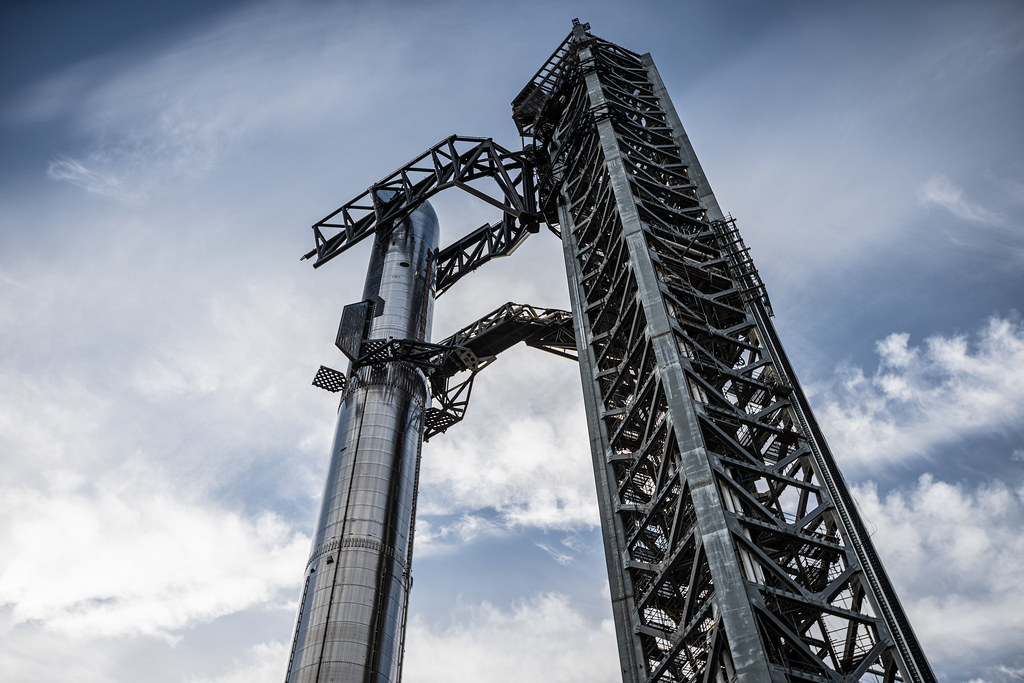
Key Upgrades Expected in V3:
- Raptor 3 Engines: More powerful and easier to manufacture.
- Structural Modifications: Lighter materials for better payload capacity.
- Improved Thermal Protection Systems: Crucial for reentry and multiple flights.
If successful, Starship V3 will accelerate SpaceX’s goals of building a Mars city, establishing a Moon base, and launching mega-constellations of satellites.
Why a 2025 Launch Is Uncertain
1. S39 Has Not Been Stacked Yet
One of the most obvious bottlenecks is Ship 39. Although components like the nose cone have been spotted for months inside Starfactory, full stacking hasn’t begun. SpaceX is likely waiting for all parts to be ready before a continuous assembly, which is efficient but time-consuming.
Time is running out. We’re already in October, and stacking typically takes 30 days or more, especially for a first-of-its-kind V3 prototype.
Best-case scenario: S39 stacking begins mid-October and completes by mid-November.
Realistic scenario: Stacking delays push testing to late November or December.
2. Testing Infrastructure Remains Incomplete
After the S36 test stand failure, SpaceX has been scrambling to restore the infrastructure needed to test new ships. So far, most visible upgrades are for booster testing, not the ship testing stand, which is essential for S39’s cryogenic proofing and static fire trials.
With no signs of a fully operational stand yet, even an assembled S39 may be left waiting.
3. Booster 18 Hasn’t Started Testing
Booster 18 (B18) is expected to fly alongside S39 in Flight 12, marking the first V3 booster flight. But as of now, it hasn’t undergone any static fire tests or major visible procedures. Even with it stacked, no test campaign seems underway.
Booster Testing Requires:
- Full stacking at Massey’s testing site
- Cryogenic tests
- Multiple static fire trials
- Inspections and Raptor 3 engine integration
Without these, December flights become unrealistic.
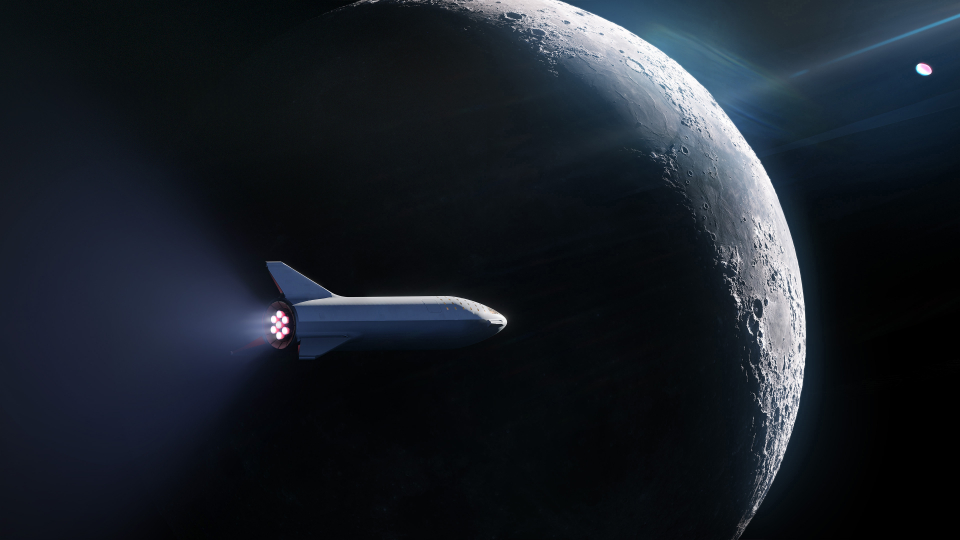
4. Pad 2 Is Still Under Construction
Pad 2 at Starbase is expected to handle future V3 launches. Some deluge system tests and chopstick movements have been observed, but construction continues. SpaceX needs to:
- Finalize tank farms
- Complete launch mount integration
- Run pad-level static fire tests
Without these milestones, even a ready ship and booster can’t launch.
5. Raptor 3 Engine Production Is Slower Than Expected
SpaceX’s plan with Raptor 3 was to simplify and speed up production. While Raptor 2 hit production peaks quickly, Raptor 3 seems stuck.
Current Estimates:
- Highest known Raptor 3 engine: SN35
- Vacuum variant: SN8
Each Starship launch requires 39 engines (33 for Super Heavy, 6 for Ship), including vacuum variants. Based on visible progress, SpaceX may not yet have enough engines even for one complete vehicle.
Analyzing the Timeline: Can V3 Realistically Launch in December?
Let’s break it down:
| Stage | Estimated Timeframe | Notes |
|---|---|---|
| S39 Stacking | October–Mid November | Could be delayed by component readiness |
| Cryogenic + Static Tests | Mid-November–December | Only if ship test stand is functional |
| Payload Integration | Mid to Late December | Adds ~1 week if all goes well |
| B18 Testing | Unknown | Still no visible activity |
| Pad 2 Readiness | October–December | Still under development |
| Raptor 3 Availability | Ongoing | Engine supply may not be sufficient |
Verdict: While technically possible, the December window is extremely narrow and vulnerable to delays.
What Happens If V3 Is Delayed to 2026?
1. Lost Momentum
Between Flight 11 and Flight 12, a 2.5-month window exists. If no flight occurs, SpaceX loses a valuable operational period that could be used to:
- Gather data
- Validate new systems
- Prepare for rapid iteration
2. Impact on Artemis Timeline
NASA’s Artemis III lunar landing relies heavily on Starship readiness. Any delay in V3 pushes in-orbit refueling milestones further out, jeopardizing NASA’s 2026 target.
3. Slowed Iteration Cycle
SpaceX thrives on test, fail, repeat. Delays mean fewer launches, fewer failures, and less data. If launches slip, less learning happens, and breakthroughs take longer.
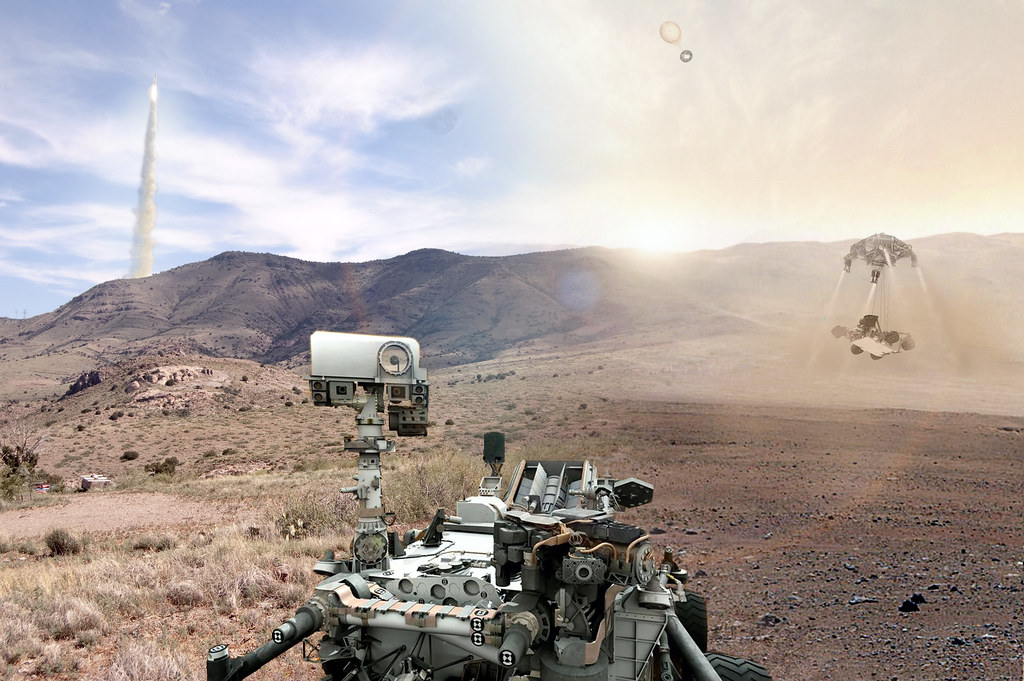
Can SpaceX Still Save the 2025 V3 Launch?
Yes—but only if every department accelerates at full throttle. Here’s what must happen:
🔧 Immediate Priorities for SpaceX
1. Begin S39 Assembly NOW
Every day of delay increases the risk of slipping past 2025. The stacking of Ship 39 must begin in early October to leave enough time for testing.
2. Restore Ship Testing Infrastructure
The test stand damaged after S36 must be rebuilt or replaced ASAP. Without it, S39 cannot begin trials.
3. Fast-Track Booster Testing
Booster 18 should begin cryogenic and static fire testing this month. The booster QD system at Massey is ready, so tests must begin without delay.
4. Ramp Up Raptor 3 Production
SpaceX needs at least 80–100 Raptor 3 engines in rotation for sustainable operations. If they can reach daily engine production, this goal is within reach.
5. Complete Pad 2
This includes:
- Full-scale Raptor engine firings
- Tanking trials
- Launch mount readiness
Pad 2 must be ready by November to allow flight prep in December.
Looking Beyond Flight 12: The Bigger Picture
Even if Flight 12 slips to 2026, the V3 era will still be a game changer. Here’s what V3 unlocks for the future:
✅ Monthly Orbital Flights
With faster vehicle builds and engine production, monthly launches become realistic.
✅ Catch Tower Recoveries
V3 is optimized for Mechazilla catches, removing the need for ocean landings.
✅ Orbital Refueling
In-orbit refueling is key to Moon and Mars missions, and V3 is the first step in making that a reality.
Conclusion: Can Starship V3 Still Launch in 2025?
On paper? Yes.
In reality? It’s a race against time.
SpaceX is running against the clock to:
- Assemble and test S39
- Prepare and fire B18
- Finish Pad 2
- Ramp up Raptor 3 production
If they pull it off, Flight 12 could close 2025 with a historic milestone, ushering in the Starship V3 era. If not, expect early 2026 to carry the torch.
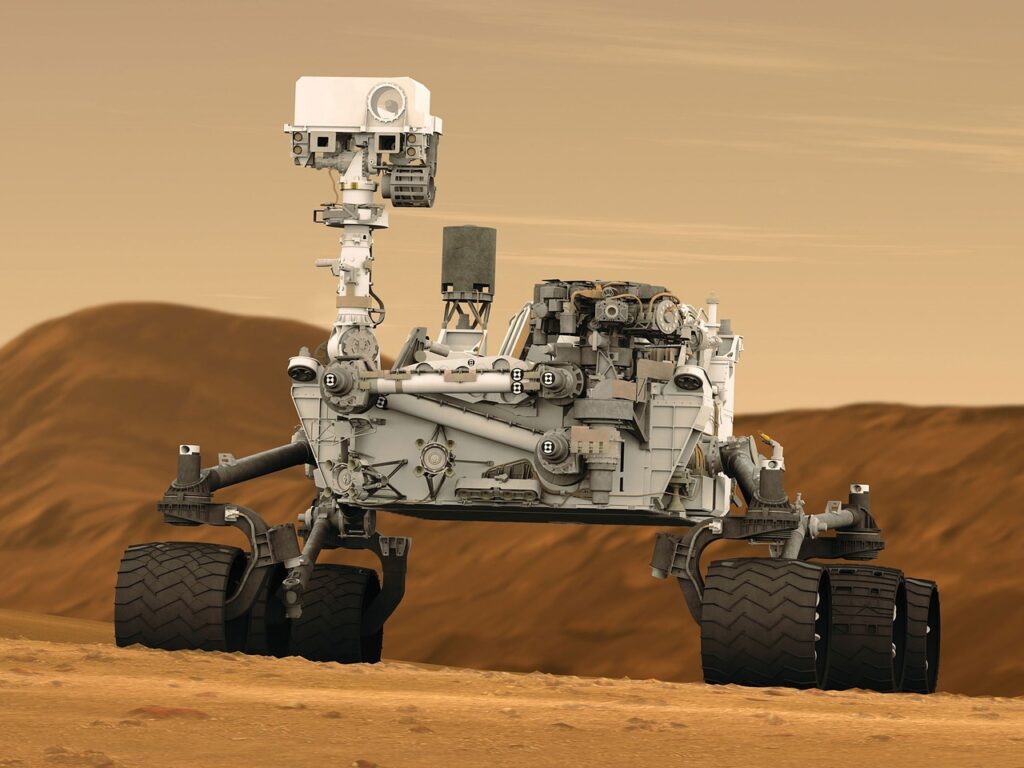
FAQs
1. What is Starship V3?
Starship V3 is the next-generation version of SpaceX’s fully reusable launch vehicle, featuring upgraded Raptor 3 engines, structural improvements, and optimized systems for deep space missions like NASA’s Artemis program and future Mars colonization.
2. When is the first Starship V3 launch expected?
The first Starship V3 launch (Flight 12) is tentatively targeted for late December 2025, but delays in production, testing, and infrastructure could push the launch into early 2026.
3. What makes Starship V3 different from previous versions?
Starship V3 introduces:
- Raptor 3 engines with higher thrust and efficiency
- Improved thermal protection systems
- Structural changes for better reusability and mass reduction
4. How many engines does Starship V3 use?
Each Starship V3 system will use 39 Raptor 3 engines:
- 33 engines on the Super Heavy booster
- 6 engines on the Starship upper stage (3 sea-level, 3 vacuum optimized)
5. What are Raptor 3 engines?
Raptor 3 is the latest evolution of SpaceX’s methane-fueled engine, designed to be simpler, cheaper, and more powerful than previous Raptor versions. It plays a crucial role in enabling high-frequency flights and deep space capability.
6. Why is there a delay in Starship V3’s launch?
Delays stem from multiple factors including:
- Slow stacking of Ship 39
- Incomplete ship test infrastructure
- Delayed booster testing
- Pad 2 construction
- Limited Raptor 3 engine availability
7. What is Ship 39 (S39)?
S39 is the first Starship vehicle built under the V3 architecture. It includes new design elements and will fly with Booster 18 (B18) in Flight 12.
8. What is Booster 18 (B18)?
Booster 18 is the first Super Heavy booster built for the V3 configuration. It will be used in tandem with S39 for the first V3 test flight.
9. Will Flight 12 include a landing attempt?
While the primary goal is likely to be orbital demonstration, it is possible that flight data will be used to prepare for future landing and catching tests using the Mechazilla arms at the launch tower.
10. Is Pad 2 at Starbase ready for launch?
Not yet. Pad 2 is still undergoing construction and testing. It needs to be fully functional to support Starship V3’s maiden flight, including launch mount, tank systems, and deluge infrastructure.
11. What is the current status of Raptor 3 production?
Raptor 3 engine production appears to be behind expected volume. The highest spotted engine is SN35, with only a few vacuum variants (up to SN8) reported. This is far short of what’s needed for regular V3 flights.
12. How important is Starship V3 for NASA’s Artemis program?
Extremely important. Starship is the selected Human Landing System (HLS) for Artemis III. Delays in V3 flights could jeopardize mission timelines, especially regarding in-orbit refueling tests.
13. Will Starship V3 support Mars missions?
Yes, V3 is being built with long-term Mars missions in mind. Its upgrades enable multiple engine burns, higher cargo capacity, and in-orbit fuel transfer, all vital for interplanetary travel.
14. What happens if V3 doesn’t launch in 2025?
A delay to 2026 would mean:
- Lost testing opportunities
- Pushed timelines for Artemis and Mars goals
- Slower iteration cycles for SpaceX
However, the V3 program will still be a major leap forward whenever it flies.
15. How can I stay updated on Starship V3 progress?
Follow:
- SpaceX official Twitter/X and YouTube
- Spaceflight news outlets like NASASpaceflight, Teslarati, and Ars Technica
- YouTube channels like Great SpaceX, Everyday Astronaut, and What About It!?
Read More:
- Tesla reveals some crazy Supercharging (and Diner) stats from Q3
- Tesla Model Y Performance has a killer feature beyond its speed
- Elon Musk is halfway towards becoming the world’s first trillionaire
- Tesla hits record vehicle deliveries and energy deployments in Q3 2025
- Why Tesla’s Q4 performance could shock many after incredible Q3

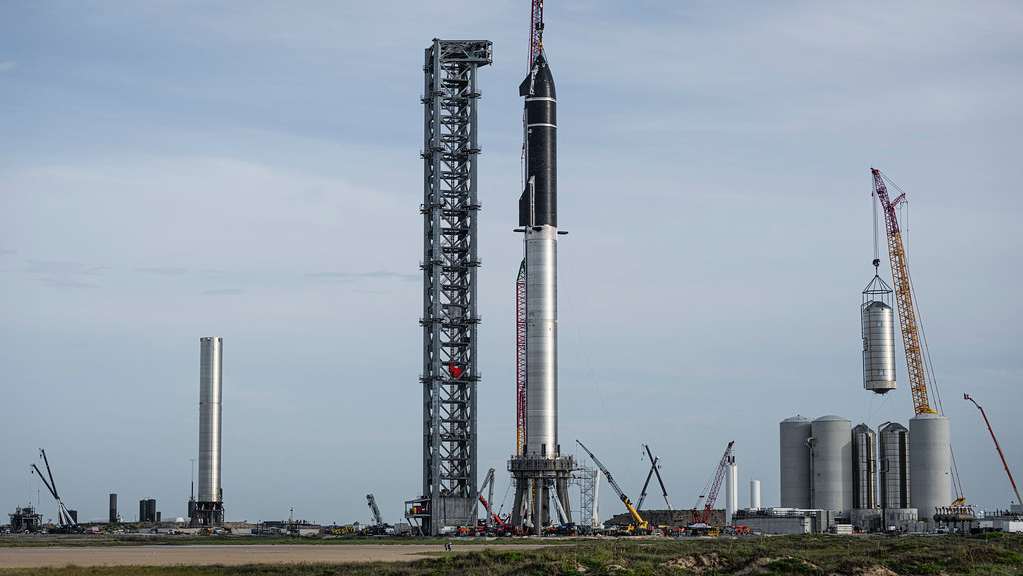
1 thought on “Something Unusual is Happening with SpaceX Starship V3 Progress! What is Holding Up”